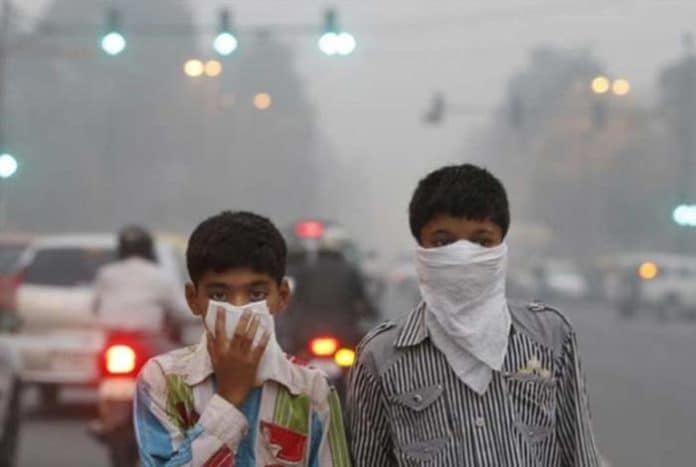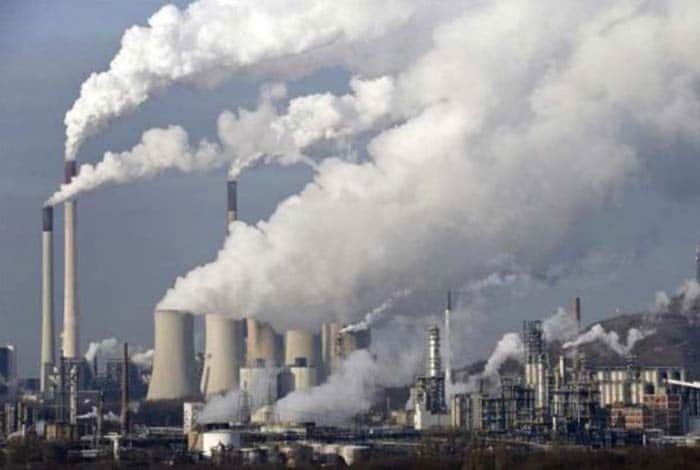
A new study finds that over 95% of the global population breathe unhealthy air and the developing countries are the most affected. It has also been found that the gap between the most polluted and least polluted nations is rising alarmingly.
The Health Effects Institute (HEI) recently published the Annual State of Global Air Report [1] , which highlighted that almost 6.1 million deaths occurred worldwide due to prolonged exposure to air pollution in the year 2016.
The report found that prolonged exposure to air pollution is responsible for heart attacks, stroke , chronic lung diseases and lung cancer. These diseases led to many of the premature deaths. The report also states that air pollution is the fourth leading cause of deaths globally and is just behind smoking, diet and high blood pressure.
Bob O’Keefe, vice president of the Health Effects Institute, emphasized that air pollution takes a toll over health and the environment, making it difficult for people with respiratory diseases to breath, sending children and old people to hospitals, making them miss their schools or office and eventually causing millions of premature deaths globally. The trends generally highlight the real developments in few parts of the world, but bigger challenges make it difficult to alleviate these avoidable afflictions.
Health Consequences of Air Pollution

Over 50% of the total global deaths due to air pollution were reported from India and China. Unfortunately, India is giving a serious competition to China in number of early deaths due to outdoor air pollution. More than 1.1 million deaths due to air pollution were recorded in India in 2016. The report also states that China has made a little progress in reducing their air pollution levels, but India, Bangladesh and Pakistan have faced the steepest rise in pollution levels since the year 2010.
The report also took into consideration the number of people who were exposed to pollution from burning fuels at their homes, usually used for heating or cooking. This smoke from the burning fuels contributed to the indoor pollution. In 2016, one in three people or around 2.5 billion people were exposed to indoor pollution caused by burning of charcoal or wood. Most of these people have to face both indoor and outdoor pollution and these people generally reside in low and middle-income continents such as Africa and Asia.
This increased exposure to air pollution led to deaths of one in five in China and one in four in India. The report also brings into light the fact that the people using solid fuels have dropped from 3.6 billion in the year 1990 to around 2.4 billion in the year 2016, despite a drastic rise in population.
More Research on Air Pollution
This report is just one among various other studies that are going on for investigating the adverse effects of air pollution on the world’s population.
In the year 2017, World Health Organization (WHO) [2] revealed that environmental pollution causes around 1.7 million deaths among children below five years each year, globally.
Another study published in 2015, highlighted that around 9 million deaths or nearly one in six deaths were related to various types of pollution- water, air, soil or chemical. This study also revealed that most of the pollution associated casualties, around 92% of them were reported among people residing in developing nations.




